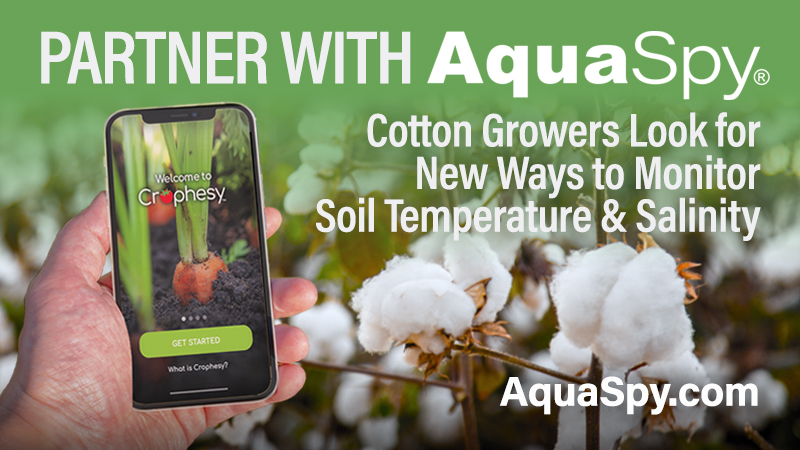Quality Cotton Means Value to Growers and the Global Supply Chain
All cotton is not created equal.
Long gone are the days when cotton moved to textile mills with only a basic hand and eye evaluation of fiber properties. Today – thanks to HVI measurement of those properties – mills can specify parameters on color, fiber length, strength and micronaire to meet their needs, whether they’re producing fine cotton garments or denim.
Make no mistake – yield is still the driver for cotton production at the farm level. And cotton breeders have done a magnificent job of developing varieties to help maximize yields under varying geographies and field conditions. But equally as impressive is the improvement in fiber characteristics found in today’s varieties.
Growers may look at yield and see income. But it’s the quality aspects of their cotton – and the associated premiums – that could mean extra profitability. And, considering recent movements in today’s cotton market, quality could be a big plus.
Dr. O. A. Cleveland, professor emeritus at Mississippi State University, points out that high quality cotton – or a shortage thereof – has helped prop up global cotton prices in spite of large global supplies.
“Cotton, unlike grains and oilseeds, is not a homogenous product,” he stated during a recent economic report. “The world supply estimates lump all cotton together, yet the market does not. The market divides the crop into various grades and qualities, and it is the ‘quality’ cotton that is driving the market.”
He pointed out that there continues to be strong demand for machine harvested, low contamination, quality cotton – the type typically grown in the United States, Brazil and Australia. Right now, there’s just not enough of it available.
“This is the cotton that the Chinese mills need,” Cleveland said. “They do not have the high quality cotton to mix with their current inventory to get the yarn counts they need to sell to the market.”
In spite of recent quota restrictions announced by China for 2015, one thing is definite, says Cleveland – “It is a well-known fact that China will continue to import quality cotton.”
In addition, several new market development programs designed to raise awareness of responsibly-grown cotton among textile brands, retailers and manufacturers are also underway.
Cotton LEADS – a joint program of Cotton Incorporated, National Cotton Council, Cotton Australia and Cotton Council International – is designed to raise awareness of responsible growing practices and help businesses along the cotton supply chain meet the increasing consumer interest in sustainability. At last count, more than 200 well-known companies had signed on as partners.
Bayer CropScience and Olah, Inc., a denim and clothing design firm, have partnered on programs designed to promote the quality advantages of FiberMax and Stoneville cotton to the textile supply chain.
“For the last ten years, we have been working at the textile level and have been very pleased with the response on the part of spinners all around the world,” said Bob Antoshak of Olah, during a Raising More Profit event in Memphis. “They recognize and ask for FiberMax and Stoneville cotton by name.
“Over the last two years, we’ve been working on a project where we could take cotton farm language and technology and put it into a framework that a retailer or apparel brand would understand and be able to appreciate,” he explained. “They have a desire to do the right thing for the environment, as well as have a good sound economic justification for that.”
Bayer and Olah have developed the e3 program to help increase demand for specific varieties of cotton and find ways to extract value from the supply chain and bring it back to the farm level.
“This is a real money-making activity for everyone involved in the supply chain,” said Antoshak. “It’s not like other programs are that are marketed to retailers. This is a true measurable program.”
And it all begins with quality cotton fiber from the farm.








